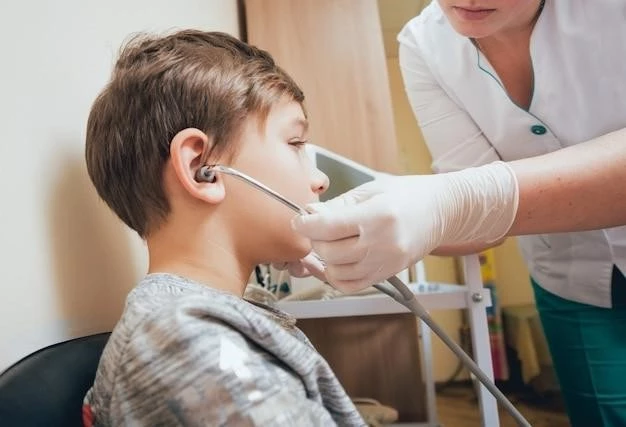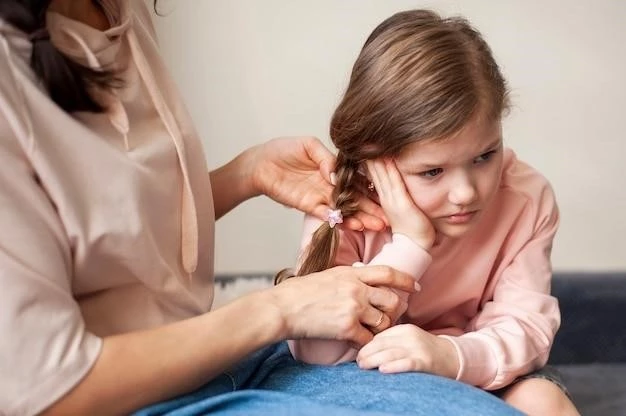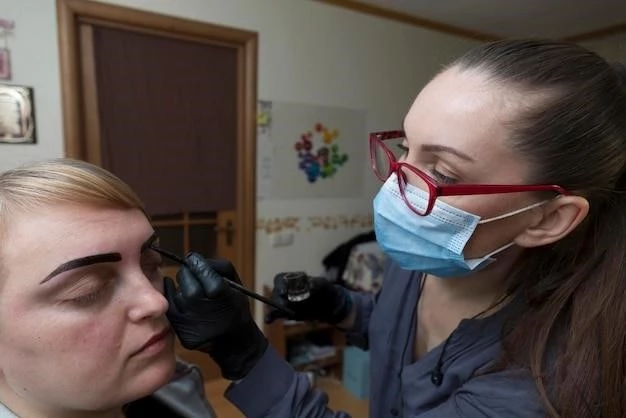Introduction
Otoonychoperoneal syndrome is a rare genetic disorder characterized by dysplastic external ears, nail hypoplasia, and skeletal malformations․ Explore more about this condition below․
Overview of Otoonychoperoneal syndrome
Otoonychoperoneal syndrome is a rare genetic disorder characterized by dysplastic external ears, nail hypoplasia, and variable skeletal malformations․ The syndrome has been reported in individuals with peculiar facial features and abnormalities, such as hypoplastic or absent fibulae, clavicle, scapula, and acromioclavicular joint․ Joint contractures, minor craniofacial abnormalities, and limb anomalies are often observed in affected individuals․ This condition is thought to be autosomal recessive in nature, with identified cases showing a combination of ear, nail, and skeletal abnormalities․
Clinical Features
Individuals with Otoonychoperoneal syndrome present with dysplastic external ears, nail hypoplasia, and skeletal abnormalities like fibula aplasia․ Facial anomalies and joint contractures may also be observed․
Characteristics and Symptoms
Otoonychoperoneal syndrome is characterized by dysplastic external ears, nail hypoplasia, and skeletal anomalies like absent or hypoplastic fibulae․ Joint contractures, facial dysmorphism, and rare shoulder abnormalities may also be present․ The syndrome typically manifests in childhood with specific physical features that aid in diagnosis․
Diagnosis and Genetic Causes
Otoonychoperoneal syndrome is diagnosed based on the physical characteristics such as dysplastic ears, nail hypoplasia, and skeletal anomalies․ The genetic causes involve mutations that may be inherited or occur spontaneously during cell division․
Genetic Mutations and Inheritance Patterns
Otoonychoperoneal syndrome is caused by genetic mutations that can be hereditary or occur sporadically․ These mutations, possibly autosomal recessive, are responsible for the characteristic dysplastic ears, nail hypoplasia, and skeletal anomalies seen in affected individuals․ Inheritance patterns of the syndrome suggest a rare genetic allele contributing to its manifestation․
Treatment and Management
Treatment for Otoonychoperoneal syndrome focuses on addressing individual symptoms and may involve surgical interventions for skeletal anomalies․ Management strategies aim to improve quality of life and address specific needs of affected individuals․
Approaches and Therapies
Treatment for Otoonychoperoneal syndrome primarily focuses on managing the individual symptoms present, which may include surgical interventions for skeletal anomalies․ Therapeutic approaches aim to enhance the quality of life and address the specific needs of affected individuals, considering the multisystem nature of the condition․ Collaborative efforts between healthcare providers and support groups can play a crucial role in developing comprehensive care plans tailored to the unique requirements of each patient․

Prognosis and Complications
The prognosis for individuals with Otoonychoperoneal syndrome varies depending on the severity of symptoms and the presence of associated complications․ Complications may arise from skeletal abnormalities and other manifestations of the syndrome, impacting the overall health and quality of life of affected individuals․ Close monitoring and multidisciplinary care can help address potential challenges and improve outcomes․
Outcomes and Associated Health Risks
The prognosis for individuals with Otoonychoperoneal syndrome may vary based on the severity of symptoms and potential complications․ Associated health risks may arise from skeletal abnormalities and other manifestations of the syndrome, impacting the overall well-being of affected individuals․ Close monitoring and comprehensive care can help mitigate risks and improve the long-term outcomes for those with this condition․

Research and Resources
Explore various sources for research on Otoonychoperoneal syndrome and find support groups providing valuable resources for patients and caregivers․ Access information about healthcare providers specializing in this condition;
Support Groups and Healthcare Providers
Communities and support organizations provide valuable resources for individuals and families affected by Otoonychoperoneal syndrome․ Specialized healthcare providers offer expertise in managing the unique challenges associated with this rare genetic disorder․ Collaborating with support groups can enhance the quality of care and support available to individuals living with Otoonychoperoneal syndrome․
Efforts are ongoing to understand and support individuals with Otoonychoperoneal syndrome through research, specialized healthcare providers, and community resources․ Collaboration and awareness are vital in improving the lives of those affected by this rare genetic condition․
Summary of Otoonychoperoneal syndrome
Otoonychoperoneal syndrome is a rare genetic disorder characterized by dysplastic external ears, nail hypoplasia, and skeletal anomalies like absent or hypoplastic fibulae․ This syndrome may present with facial dysmorphism, joint contractures, and unique skeletal features․ Understanding the genetic underpinnings and collaboration with specialized healthcare providers are crucial in managing the condition effectively․
